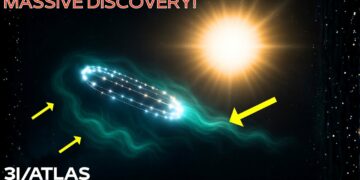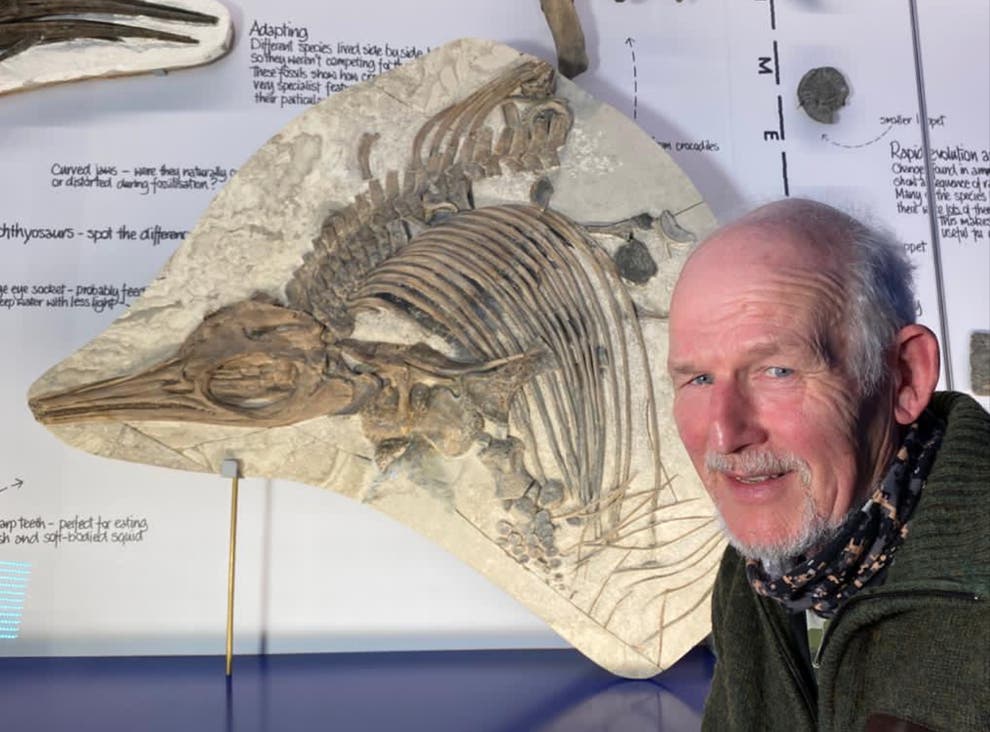A rare interstellar object, officially named 3I/ATLAS, is speeding through our solar system at over 150,000 mph. This massive visitor, potentially up to 12 miles wide, dwarfs its predecessors, ‘Oumuamua and Comet Borisov. First detected between June 25 and 29, 2025, by the ATLAS system in Hawaii and South Africa, it was initially cataloged as 11PL3Z. Follow-up observations on July 1 and 2 revealed its unusual trajectory, confirming it as the third known interstellar object, originating beyond our solar system, possibly from the galactic center.
Unlike typical solar system objects, 3I/ATLAS follows a hyperbolic path, unaffected by the Sun’s gravity, and is plunging through the solar system’s plane at a steep angle. Its brightness suggests either a highly reflective surface or immense size, and some telescopes have detected a faint coma, hinting it may be a comet. Telescopes worldwide, including the James Webb Space Telescope and Hubble, are studying its glow, composition, and trajectory, while radio telescopes listen for unusual emissions.
This discovery, following ‘Oumuamua in 2017 and Borisov in 2019, suggests interstellar objects may be more common than previously thought, thanks to advanced detection technology. 3I/ATLAS will pass closest to Mars on October 3, 2025, and reach perihelion on October 23, remaining safely distant from Earth. As it exits our solar system, it offers a rare chance to study material from another star system, potentially revealing secrets about planetary formation and the galactic ecosystem. Astronomers are also exploring whether its unusual traits, like brightness or possible non-gravitational acceleration, could hint at an artificial origin, though natural explanations are more likely. This cosmic visitor marks a new era in understanding interstellar objects, with future observatories like Vera Rubin expected to detect many more.























